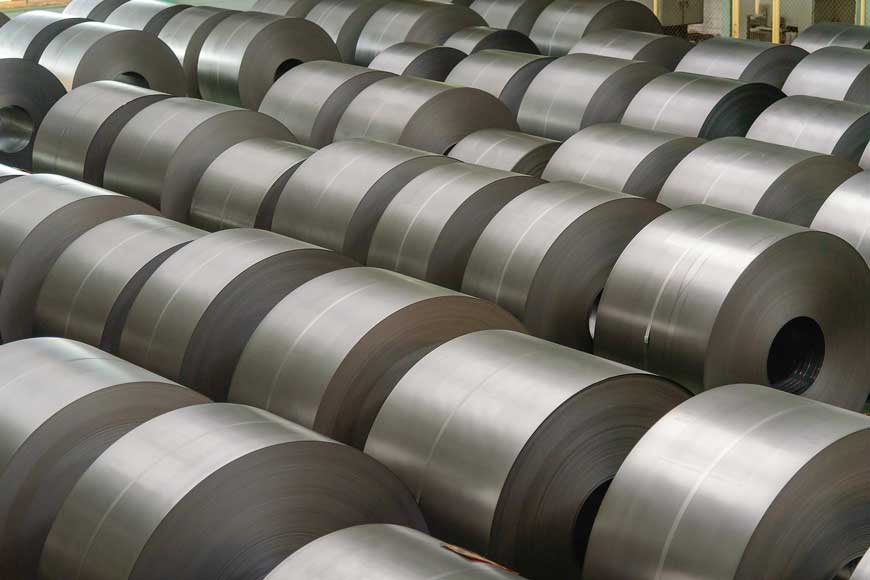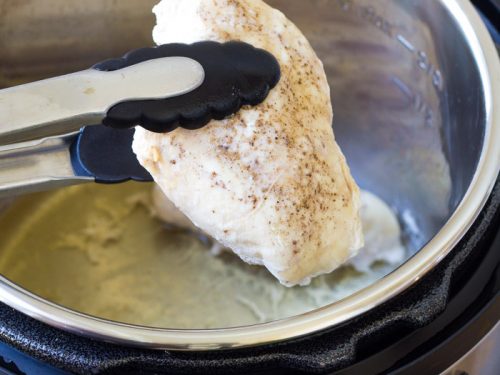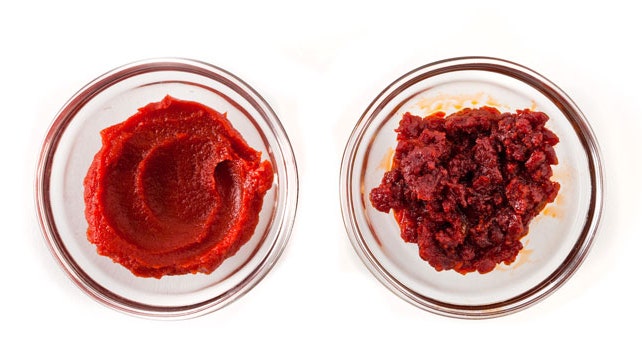Do Restaurants Fry Chicken and Fish in the Same Oil?
When you visit a restaurant, you might expect that the food you order is cooked with care and safety. However, one practice that has concerned customers for years is whether or not restaurants fry chicken and fish in the same oil. This practice has been a subject of debate among health experts for some time, as it can lead to cross-contamination and potential health risks for consumers.
The Science of Frying
Before we delve deeper into this topic, let’s discuss how frying works and what happens when different proteins are fried together. Essentially, when you put food into hot oil, the liquid in the food begins to boil and evaporate. As it does so, the water vapor carries flavor compounds from the food up to your nose and ultimately gives it that delicious fried aroma and flavor.
However, if the temperature gets too high or there isn’t enough oil in the pan, you can end up with smoke in your kitchen. The smoke that comes out of your pan during frying is usually composed of small bits of food that have burned (not harmful), but if this happens repeatedly, it can damage our health (carcinogenic soot may be released).
It’s also important to note that different oils have different smoke points – which is important because once an oil exceeds its smoke point, it begins to break down and release harmful chemicals such as acrolein (the chemical generated when vegetable oils are heated to high temperatures).
Cross-contamination
The real issue with frying chicken and fish in the same oil is cross-contamination. Cross-contamination occurs when bacteria or other harmful substances from one type of food come into contact with another type of food. When different types of proteins are cooked together, cross-contamination can occur.
For example, if a restaurant fries chicken in oil that has previously been used to fry fish, there could be residue from the fish in the oil. This residue contains proteins and bacteria that could contaminate the chicken food being cooked in it. This can lead to food poisoning if the chicken is not cooked properly, or even a severe allergic reaction for individuals who are allergic to seafood or poultry products.
Cross-contamination can also occur when a knife or cutting board is used to prepare different types of food without being washed properly beforehand, contaminating freshly-prepared foods.
Legal Requirements for Restaurants
Local and state laws require restaurants to follow strict cleanliness guidelines in order to prevent cross-contamination. These guidelines may include specific cleaning standards and protocols required by law. For instance, some states require restaurants to swap out frying oil every 24 hours – regardless of how much food was cooked in the oil – while others allow police officers to perform surprise inspections on restaurants to ensure concentration levels of harmful vapors are kept safe.
If a restaurant fails to follow these food safety guidelines, they may face significant legal penalties including fines, temporary suspension of operations, or even permanent closure.
Restaurant Practices for Frying Chicken and Fish in Same Oil
The practice of frying chicken and fish in the same oil varies depending on the restaurant. Some establishments are more diligent than others at preventing cross-contamination between foods. In some cases, restaurants will have separate fryers for chicken and fish (among other things like potatoes).
However, not all restaurants have the budget or space for multiple fryers as this requires extra equipment plus increased cleaning expenses; therefore, many will use a shared fryer nevertheless. This comes down mainly to what types of food are most commonly ordered and whether the restaurant is specializing in a particular cuisine that involves minimal frying.
Reasons why restaurants may choose to fry chicken and fish in the same oil:
- Cutting down on costs
- Limits kitchen space
- Saves time (especially during peak sales periods)
Health Risks Associated with Frying Chicken and Fish in the Same Oil
When different proteins – such as chicken and fish – are fried together, it can be potentially unhealthy. One possible consequence of this type of cross-contamination is that the oils used for frying can become toxic due to their increased breakdown under high temperatures.
This raises a further concern regarding the consumption of these toxic substances, which could cause adverse health effects over time like liver problems, high blood pressure, or even an increased risk of cancer if consumed regularly.
Special Considerations for People with Allergies
For individuals with allergies, cross-contamination can be especially dangerous. If someone has a seafood allergy but then orders chicken that has been fried in the same oil as fish, they could easily have an allergic reaction.
The same goes for people who are allergic to poultry products. For them, eating food contaminated with foods containing poultry proteins could trigger an allergic reaction.
Alternatives to Cross-Contamination
The simplest way to avoid cross-contamination is by ensuring that different types of food are prepared separately. As previously mentioned, one of the most effective ways to prevent this is using separate fryers.
In addition, restaurants can follow other safety protocols such as cleaning kitchen equipment before use and using disposable gloves to prevent germs from spreading between customers. By simply changing gloves between handling different foods can eliminate most cross-contamination problems.
Some other alternatives that restaurants can consider are:
- Using different types of oil for frying chicken and fish
- Ensuring that kitchen area is cleaned thoroughly to avoid any residual party is left behind
- Scheduling separate fryer usage timetable
- Proper training of staff on food safety and the importance of preventing cross-contamination
Conclusion
In conclusion, while frying chicken and fish together in the same oil has become somewhat of a norm in the restaurant industry, it poses serious health risks. While some restaurants have taken steps to minimize this risk by using separate fryers or methods of separating their use, others still employ the use of shared fryers. There are stringent legal requirements for restaurants regarding health codes and food safety standards, but prevention comes before cure.
If you’re someone who wants to reduce their risk of cross-contamination, it’s important to ask questions and look at your options – vote with your wallet. Asking for freshly cooked food or foods fried using dedicated fryer may take additional time or money, but not addressing this issue leaves your dining experience up to chance. Restaurants will move towards healthier options if enough customers demand it, so always feel empowered as a consumer yourself.
References
Acrolein: Oxygenated Fuel Additive Emissions – EPA
Composition and Formation of an Acrolein–Propargyl Radical Adduct in Roast Beef Aroma
Temperature and time-dependent partitioning of volatile organic compounds from frying salmon
Frequently Asked Questions
#### 1. Does it matter if restaurants fry chicken and fish in the same oil?
It depends on health and dietary concerns. Those with seafood allergies may experience discomfort or worse if their food comes in contact with or is fried in the same oil as shrimp, fish and other seafood. Additionally, those seeking halal or kosher food may need to inquire about how the fryer is used.
#### 2. What are some healthier options at a restaurant?
If you’re looking to make healthier choices, opt for grilled or roasted meats. Vegetable sides, leafy salads and broth-based soups are also smart choices over deep-fried foods. You can also ask your server if they can prepare your fish or poultry baked or steamed instead of fried.
#### 3. How often do restaurants change their frying oil?
It varies from place to place but it’s generally recommended that oil be changed every 8-10 uses or every two weeks, whichever happens first. Overused oil can cause off flavors, deteriorated texture and unhealthy byproducts.
#### 4. Can I ask the servers which dishes are cooked in shared fryers?
Yes! Don’t hesitate to ask your server if certain foods are fried in shared oil with seafood or other allergens you’re trying to avoid. Restaurant personnel must abide by the Food Allergen Labeling and Consumer Protection Act (FALCPA) which requires identifying any ingredient included on major food allergen registry including peanuts, soybeans, tree nuts, wheat, eggs, milk with added sources of crustacean shellfish like shrimp, crab and lobster along with fin fish such as tuna, salmon and cod whenever they are added in any food item or beverage offered for sale.
Remember: Knowledge is power and asking questions regarding food preparation helps you make an informed decision that keeps you safe, healthy and happy for the duration of the dining out experience!







